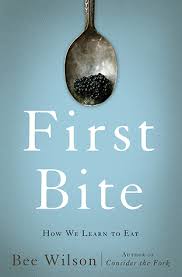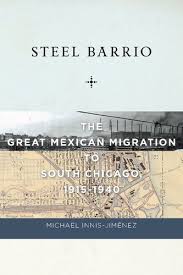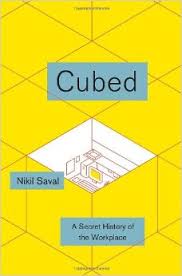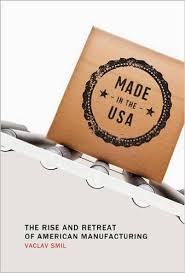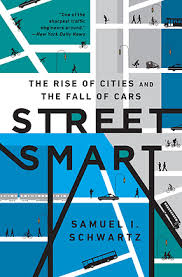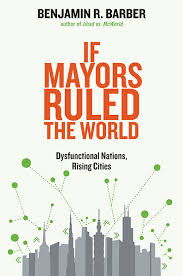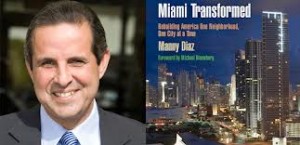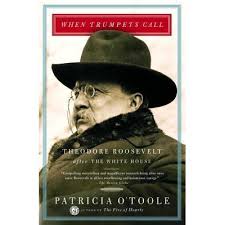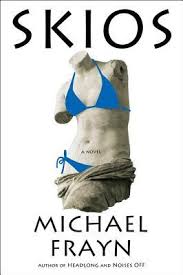Fighting For Justice
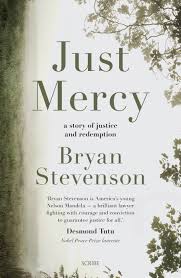 Reading Bryan Stevenson’s Just Mercy: A Story of Justice and Redemption is no easy task. I found it so enraging and disheartening, I had to take breaks from reading. It lays bare inequity, injustice, and straightforward cruelty. Stevenson writes with passion and facts, highlighting multiple assaults on our conception of a just society.
Reading Bryan Stevenson’s Just Mercy: A Story of Justice and Redemption is no easy task. I found it so enraging and disheartening, I had to take breaks from reading. It lays bare inequity, injustice, and straightforward cruelty. Stevenson writes with passion and facts, highlighting multiple assaults on our conception of a just society.
At the same time, the book is the story of hope. It is not tragedy or jeremiad. Stevenson believes that we can and must do better. In fact, the overall message is deeply positive and humanist: there is worth in every human being.
Stevenson was raised in rural Delaware. He was touched by the horror of random crime when his grandfather was murdered by teen robbers. He did not become bitter, however. His focus was education and fighting for a better world. He earned a JD from Harvard, sought a career making a difference, and eventually created the Equal Justice Initiative. Located in Alabama, its aim is providing legal help to those who have been denied justice. In the past decades Stevenson has become a national figure, advocating against the death penalty, racism in the criminal justice system, and other issues of inequity.
Just Mercy is about some of the cases Stevenson has taken on. Anchoring the book is the story of Walter McMillian, a black man sentenced to death in 1986 for the murder of a white woman. We learn about McMillian the person, the victim, Ronda Morrison, and the structures of race and power in the community where the crime took place, Monroeville. It is also the home of Harper Lee, author of To Kill a Mockingbird. The parallels are stunning but there was no Atticus Finch in McMillian’s trial. It is also reminder that in the novel, Tom Robinson, the black man who is unjustly accused of rape, dies.
The police were under great pressure to find Morrison’s killer. They pressured an informer, Ralph Myers, who was being investigated for a different murder, into naming McMillian. Myers’ stories did not add up, but that did not stop the district attorney from charging McMillian. Myers was relocated on death row to scare him. When he finally agreed to name McMillian, the trial was moved to a nearby county that would most likely give an all-white jury. Fed information from other informants, the the jury convicted McMillian of murder and requested a life sentence. The elected judge overrode the jury and sentenced McMillian to death. Ignored were eye witnesses giving McMillian an alibi, a lack of any physical evidence connecting McMillian to the crime, and multiple conflicting accounts from Myers. It was injustice of the first order.
When Stevenson agreed to pick up the case, he was inappropriately challenged by the presiding judge and much of the local law enforcement system. Stevenson refused to be deterred and he filed challenge after challenge. He learned that information was illegally withheld from the defense team. With no relief in offing and the state pressuring to put McMillian to death, Stevenson turned to Sixty Minutes for outside attention. It worked. The prosecutor bowed to pressure and agreed to an external investigation. It concluded – as is clear from anyone looking at the case as a whole – that McMillian could not have committed the murder. An appeals court overturned the conviction and McMillian was released. He was traumatized from the ordeal, however, and never regained his health or well-being.
Had not Stevenson intervened, Alabama would have executed an innocent man.
Stevenson shares other examples in the book. He writes of teens who have been unjustly treated by the system as adults. These people, all convicted of murder and other crimes, suffer tremendously in the criminal justice system. For example, a young man named Charlie killed his mother’s boyfriend after the boyfriend beat the woman into unconsciousness. Arrested and with no protection, Charlie was repeatedly sexually abused in an adult jail. It was only after Stevenson’s intervention that Charlie’s case went back to juvenile court.
Our criminal justice system depends upon advocacy to decide both truth and justice. Situations like these make it obvious that many defendant never receive the legal support or advocacy necessary to keep the system honest. There are other structural inequities that work against mercy or tolerance. For example, judges in Alabama are elected. This is common in most states. The result, of course, is that there is an electoral arms race to “prove” to voters that the candidates are tough on crime.
Despite Stevenson’s optimism in the human spirit, what I took away from Just Mercy is that long-standing issues of racism, poverty, fear and ignorance undermine the pursuit of justice to such a degree that greater change is needed if we are to approach real justice. We cannot hope for individuals as talented and committed as Stevenson to make things work.
David Potash

